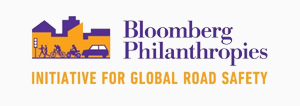





Street Lighting
Streetlighting helps to reduce night-time crashes by improving visibility. Can reduce pedestrian crashes by approximately 50%. Can help to aid navigation. Street lighting helps people to feel safe and can help to reduce crime. Route lighting can help to reduce glare from vehicle headlights.
The start and end of lit sections of roads should be carefully planned in conjunction adjoining intersections. Short gaps of unlit sections between lit sections should be avoided. The provision of street lighting poles can introduce hazards to the roadside. Frangible poles should be considered particularly in areas where there is low pedestrian activity. Alternatively, the poles can be protected by roadside safety barrier. It is important to achieve the correct spacing of lamp columns to prevent uneven lighting levels along a route. The provision of street lighting requires an electricity supply and is associated with ongoing power costs. Solar panels may be considered as an alternative power supply. Adequate clearance must be provided to overhead lines. Low pressure sodium lamps may be used to reduce light pollution particularly in urban areas. Light pollution can be a consideration in countryside areas.
Treatment Summary
10-25% |
Case Studies
Related Images
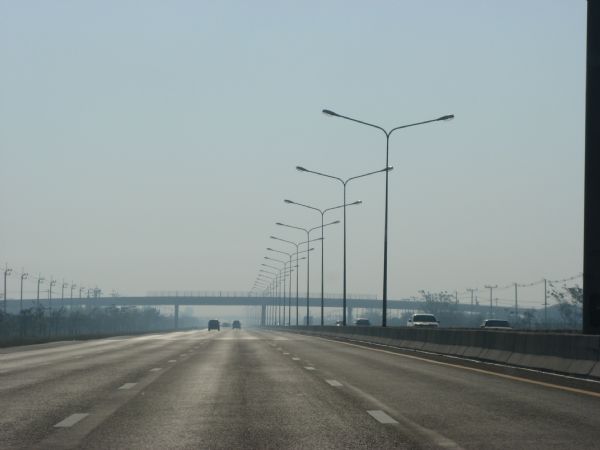
A wide lane freeway in Thailand with street lighting. Image credit: Peter Croft 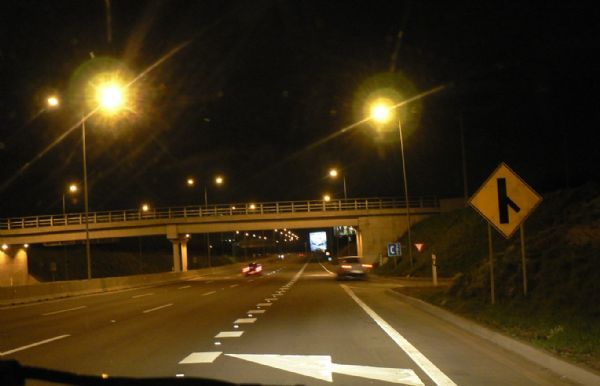
A grade separated intersection and merge lane with effective street lighting. Image credit: Greg Speier 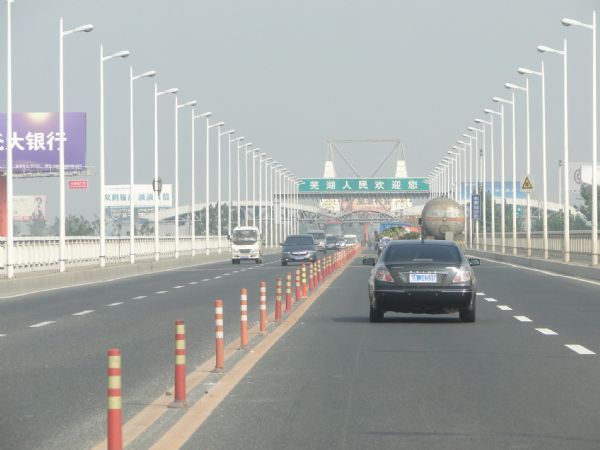
Road with street lighting and opposing lanes of traffic separated by flexible posts in China. Image credit: iRAP 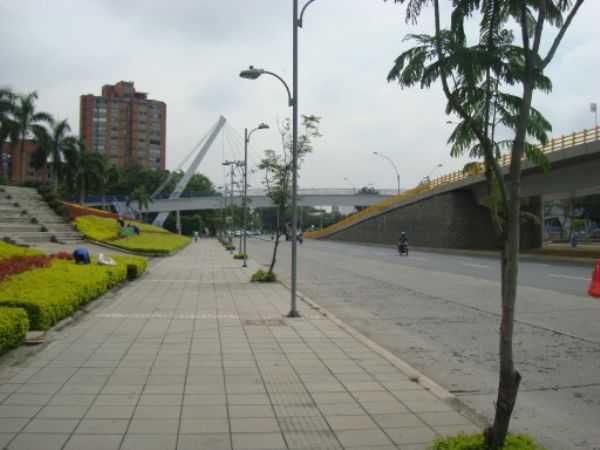
Street lights and sidewalk in China. Image credit: Greg Smith 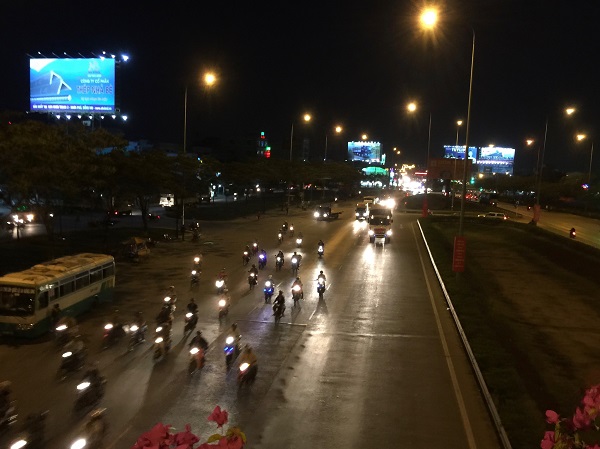
Streetlighting in Vietnam. Image credit: Unknown




